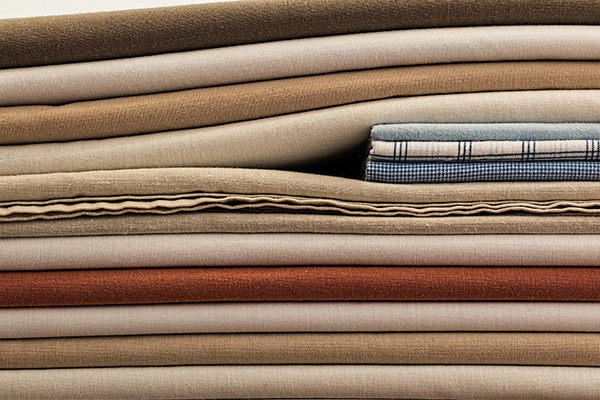Nowadays, the so-called green products are all the rage. With global warming making headlines daily, consumers become increasingly interested in sustainable items. We are being encouraged to use less energy and water, donate to wildlife funds, and take other measures. Today, even bedsheets have evolved.
The concept of bamboo sheets has gained traction in recent years. These are praised as natural and ecologically friendly, according to the bamboo sheets review. They are even softer to the touch than the ubiquitous cotton. Such sheets deter microbes and absorb moisture during your sleep.
But how can you navigate the wide range of sleep support goods? Not all sheets of this kind are created equal. Here is a basic guide for you.
Just Grass?
Each product falls into one of the four categories, based on the nature of its fabric. Three of those belong to distinct generations of factory-produced rayon, which is regenerated cellulosic fiber.
In general, the grass may not be used for sheets or pillows in its pure form. The material is simply too rough to appeal to consumers. Therefore, manufacturers treat it with chemicals to soften up. The three types of treatment over the years have been viscose, modal, and lyocell. What sets these apart is the environmental impact.
But what is the fourth type, you are probably wondering. This is the raw bamboo linen fiber. Although it exists on the market, it is hardly suitable for sleeping on. Here are the key distinctive features of the chemically treated fabrics.
- Viscose
Most of the items on the market today fall into this category. The very first generation of the plant-based fabrics, these rayon sheets may be created with the help of different chemicals. Their sustainability may, therefore, be questionable.
Hence, before making a purchase, take time to research the effluent treatment protocols used by the producer. Steer clear of the types treated with zinc sulfate or bleach that contains chlorine. Check jonsguide for the most popular brands.
However, it is important to note that although the products are surely not green, they still do not contain residue of any chemicals. The main concern is the utilization of chemical waste.
- Modal
This type differs from the predecessor only slightly. The fabrics go through an additional processing cycle that stretches them out. This explains their lighter, softer, but stronger structure with good water resistance. Modal fabrics are perfect for sportswear or hiking outfits.
Unlike viscose sheets, such bedding may be tumble dried. The fabric is not normally used for bedding due to its airiness. It has, however, been labeled “the softest fiber in the world.”
- Bamboo Linen
Despite its sustainable nature, the fabric is rough and easily wrinkled. You can still find bedding made of it, but be prepared for a lot of ironing.
Finally, there are blends. The most popular combination contains rayon and cotton in 60/40 or 70/30 proportions. The presence of cotton makes the sheets a bit stronger than those made of pure plant fibers. However, do not expect to feel the incredible softness.
- Lyocell
Perfectly organic lyocell is among the few genuinely green and best bamboo sheets the world has seen in recent years. Also, it surpasses rayon in strength and softness. It was first used for bedding by the Ettitude company.
If you are still concerned about the chemical treatment of natural fibers, consider this option. The manufacturing cycle involves a solvent that is, luckily, not toxic. It is further recycled with the water used for treatment before reuse in an efficient closed-loop process.






